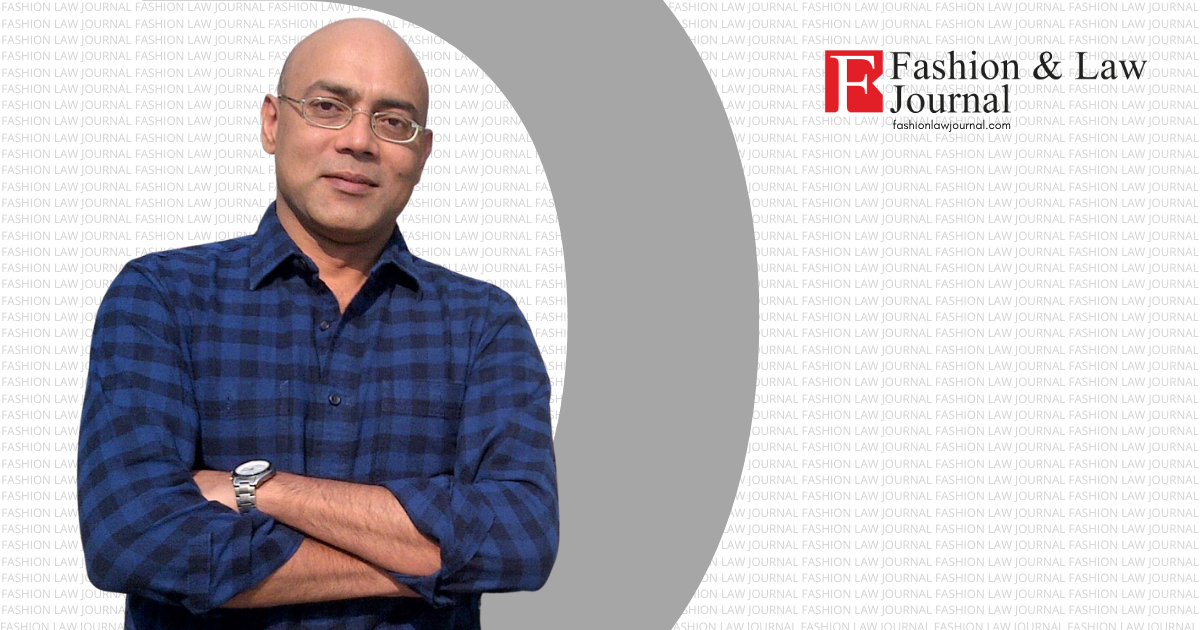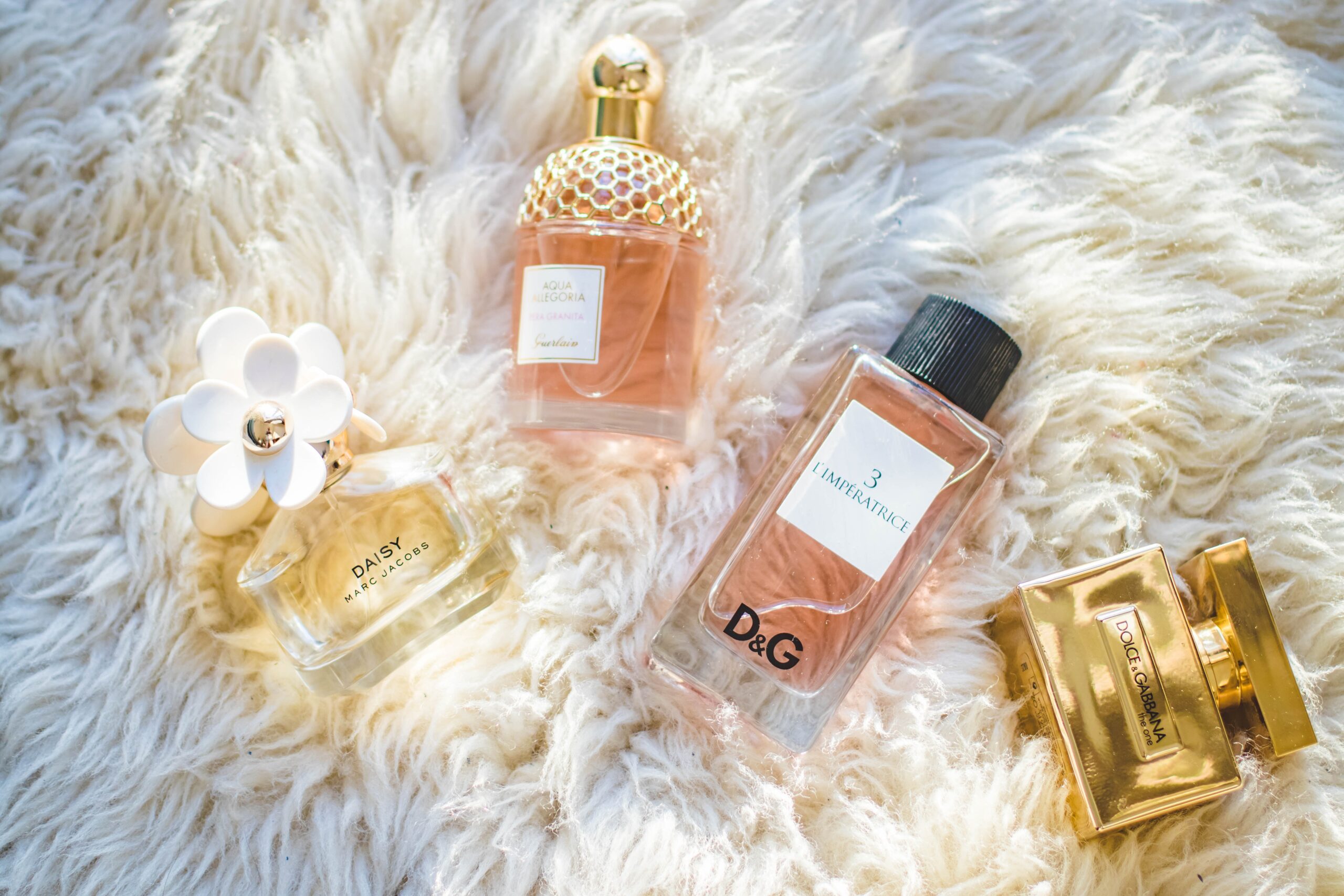When we think about fashion, the first thing that everyone associates it with is expression; be it expression of choice, expression of opinion, but most importantly expression of culture. Fashion has, since time immemorial, been an inevitable symbol of cultural zeitgeist. Just like all other elements of culture, fashion too, is dynamic and has evolved through the passage of time to cater to the changing society. Initially, fashion and dress were handmade or used manual labor. However, with the onset of the eighteenth century and the burgeoning industrialization movement in the period, fashion too, started getting mechanized. Probably for the first time in history, the production of garments also involved technological innovation, patents, machinery. The modern textile as we know today was primarily birthed during this era, and along the course of time, technical advancements have continued to blur the lines between fashion and technology. In 1733, the flying shuttle was patented by John Kay that created waves in the fashion industry by doubling weaving productivity that radically changed the approach towards textiles. The first power-run spinning machine was invented in 1737 by John Wyatt and Lewis Paul which was succeeded by the infamous Spinning Jenny that was invented by James Hargreaves in 1765 which successfully enabled the spinning of multiple spools of yarn by a single worker at one moment. A small manufacturing system had started getting transformed to a large industry by the virtue of these innovations that made the industry crop up in various parts of the world. Emphatically, one of the greatest invention—if not the greatest—has been the Isaac Singer sewing machine invented in 1851 which was also a patented invention. The Singer sewing machine’s ability to manufacture garments at a low cost but at a fast pace increased the consumption of fashion by manifolds since the Singer sewing machine was available to be bought in instalments and had an effective marketing campaign and therefore was adopted by home sewers as well apart from factory manufacturers. This moment in the history of textiles made mass-production possible and thereby caused democratization of fashion.[1]
Jump to the 21st century, and the talk of the town is how Artificial Intelligence is taking over so many aspects of human life, thereby not only creating a multi-million-dollar industry but also replacing humans for jobs and generating unemployment. The pros and cons of Artificial Intelligence are many, but it is not the burden of this article to identify them, rather this article shall illustrate how there has been an increased influence of Artificial Intelligence in the fashion industry. First things first, it is important to understand what Artificial Intelligence means. “Artificial intelligence (AI) is a wide-ranging branch of computer science concerned with building smart machines capable of performing tasks that typically require human intelligence.”[2] According to the Artificial Intelligence High Level Group of the European Commission (2019): “Artificial intelligence (AI) refers to systems that display intelligent behaviour by analysing their environment and taking actions – with some degree of autonomy – to achieve specific goals. AI-based systems can be purely software-based, acting in the virtual world (e.g. voice assistants, image analysis software, search engines, speech and face recognition systems) or AI can be embedded in hardware devices (e.g. advanced robots, autonomous cars, drones or Internet of Things applications)“.[3] In 2020, it could be observed that the fashion industry’s dependence on Artificial Intelligence was getting more significant because it was reported that bankruptcy was encountered by 44% of fashion retailers who had not incorporated Artificial Intelligence.[4] Therefore, it is predicted that by 2022, the fashion and retail industry’s global expenditure on artificial intelligence technology will be 7.3 billion dollars per year.[5]
The most prominent and noticeable usage of Artificial Intelligence in the fashion industry is observed for the following purposes:
| Fashion market research |
| Predicting theme analytics and purchase patterns |
| Personalised suggestions by predicting patterns, styles, silhouettes, etc. on the basis of prior data collected on customer selections |
| Computer vision |
| Natural language understanding |
[6]
| Intelligent Conversational Assistants and Chatbots |
| Smart Image Recognition Systems for AI-enabled shopping on e-commerce |
| Efficient trend forecasting |
| Defect Spotting in textile manufacturing via Computer Vision Technology |
| Quality Assurance |
| Maintenance of Inventory and predictions of demand via Machine Learning Technology |
| Expedited Logistics via Machine Learning Technology |
| Management of Supply Chains and Optimisation of Supply Chains via reduction of shipping costs and transit durations by creating alternate routes |
| Reduction of wastage via foreseeing demand trends thereby promoting sustainable fashion |
| Identifying counterfeit products or pirated products via computer vision that can be powered by machine learning |
[7]
| Biodegradable, sustainable, and cruelty-free ‘smart’ fabrics and wearable technology can be produced by using Biotech in Artificial Intelligence |
| Maximisation of profits via using Artificial Intelligence for monitoring and analysing competitors’ pricing |
| Hyper-personalised recommendations to customers on the basis of visual similarity, customer location, age, body type, etc. |
| Automated Product Tagging using Artificial Intelligence makes products more organized and accurate |
[8]
| Fashion Styling by Artificial Intelligence powered Smart Mirrors which use virtual visualisation or ‘virtual trials’ (Virtual Merchandising) |
| 3-D printing technology by Artificial Intelligence |
[9]
The Role of Artificial Intelligence in the Sustainability of the Fashion Industry:
It is becoming widely popular as to how the fashion industry has significantly contributed towards increasing carbon footprint, increasing wastes in landfill sites, and increasing water pollution. It can be seen that the continuous mass-production of clothes by the fashion industry has given birth to a fast fashion epidemic that is not only unsustainable but is also unethical since after the Rana Plaza incident, we know that the mass production undergoing in five garment factories led to the death of over a thousand people in Dhaka, Bangladesh, which had become a hub for cheap labour for garment manufacturing. This labour-intensive nature of apparel manufacturing can be replaced with Artificial Intelligence with respect to performing tasks like sorting or sewing, at a faster speed, with accuracy and uniformity. The fashion industry is a leading contributor to water pollution and creation of wastage, and it is with respect to the same, that artificial intelligence can come to rescue. Since we have already seen in the tables above how artificial intelligence predicts trends and demands and therefore reduces inventory using Machine Learning, Deep Learning, Natural Language Processing, Visual Recognition, and Data Analytics; Artificial Intelligence is therefore the answer to sustainable fashion. It is said to reduce inventory by twenty to fifty percent, thereby reducing the amount of clothing production and manufacture which will in turn prevent wastage.[10]
Having said that, brands like Tommy Hilfiger, Macy’s, Alibaba, Amazon have already started experimenting with AI and it is high time other brands follow suit. When it comes to the future of the fashion industry especially, it for sure seems to be safe in the hands of Artificial Intelligence.
References:
[1] Marianna Pupillo, ‘Artificial Intelligence and the Fashion Industry’ (LUISS, 2019) http://tesi.luiss.it/25378/1/212661_PUPILLO_MARIANNA.pdf accessed August 12, 2021.
[2] Builtin, ‘Artificial Intelligence’ (Builtin, 2021) https://builtin.com/artificial-intelligence accessed August 12, 2021
[3] http://tesi.luiss.it/25378/1/212661_PUPILLO_MARIANNA.pdf
[4] Angela Gonzalez-Rodriguez, ‘44 percent of UK fashion retailers facing bankruptcy’ (Fashion United, 2 Jan 2017) https://fashionunited.uk/news/business/44-percent-of-uk-fashion-retailers-facing-bankruptcy2/2017010122965 accessed August 12, 2021.
[5] Dan Alaimo, ‘Retail spending on AI to reach $7.3B by 2022’ (Retail Dive, February 1, 2018) https://www.retaildive.com/news/retail-spending-on-ai-to-reach-73b-by-2022/516170/ accessed August 12, 2021.
[6] https://www.cxtoday.com/contact-centre/ai-and-machine-learning-new-major-trends-in-fashion-industry/
[7] Ronald Schmelzer, ‘The Fashion Industry Is Getting More Intelligent With AI’ (Forbes, Jul 16, 2019,07:00am EDT) https://www.forbes.com/sites/cognitiveworld/2019/07/16/the-fashion-industry-is-getting-more-intelligent-with-ai/?sh=57af37e63c74 accessed August 12, 2021.
[8] Intelistyle, ‘AI in Fashion: An Extensive Guide To All Applications For Retail’ (Intelistyle, 2021) https://www.intelistyle.com/ai-fashion-retail-applications/ accessed August 12, 2021.
[9] Vikram Singh Bisen, ‘How AI is Changing Fashion: Impact on the Industry with Use Cases’ (VSINGHBISEN, Jan 18, 2020) https://medium.com/vsinghbisen/how-ai-is-changing-fashion-impact-on-the-industry-with-use-cases-76f20fc5d93f accessed August 12, 2021.
[10] Grace Byers, ‘Artificial Intelligence is restyling the fashion industry’ (Towards Data Science,Feb 28, 2020) https://towardsdatascience.com/artificial-intelligence-is-restyling-the-fashion-industry-c2ce29acae0d accessed August 12, 2021.

















